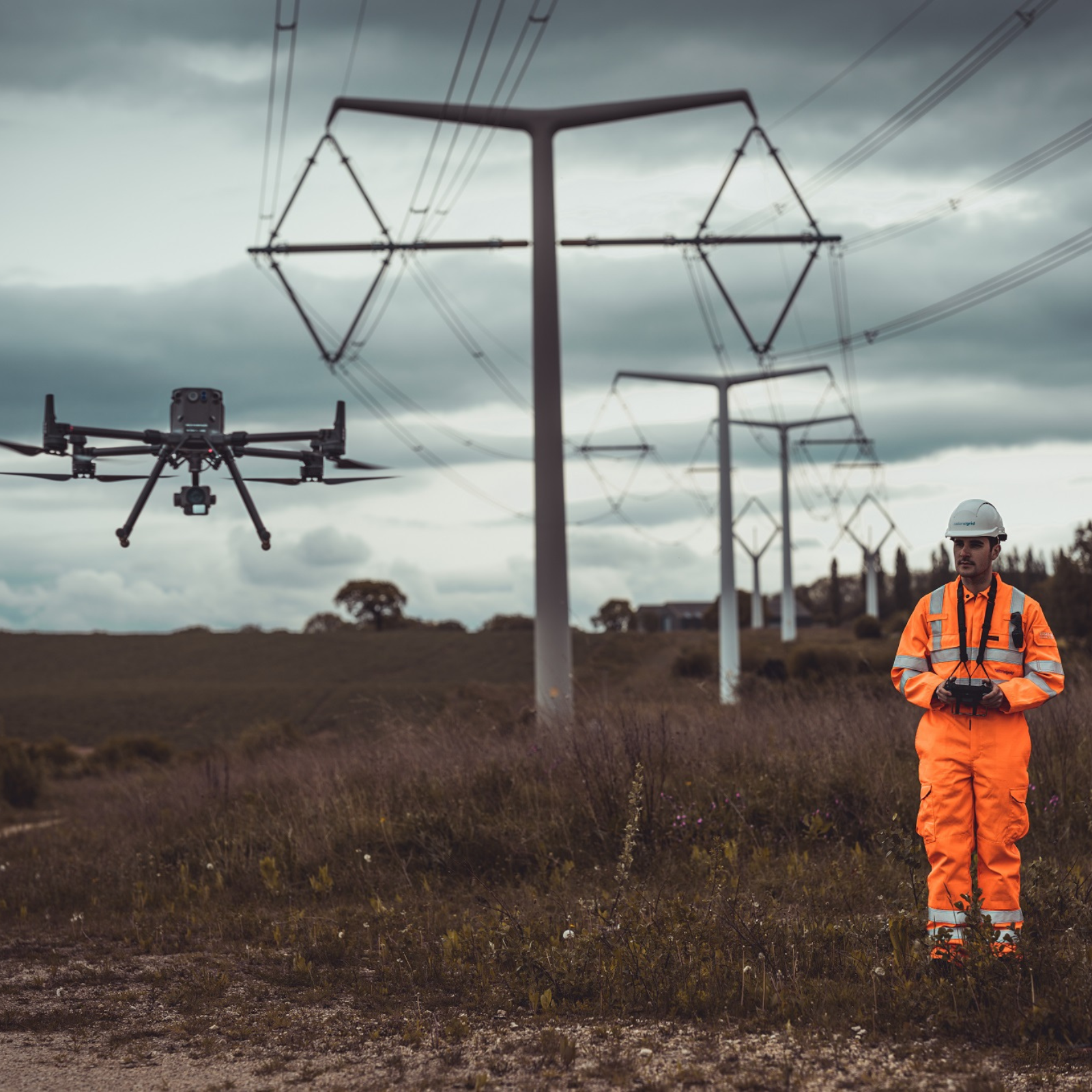
Training & Regulations
UK CAA Proposes Changes To Drone Pilot Training In Specific Category
UK CAA releases consultation on proposals to restructure remote pilot competency training for drone operations in the Specific Category.
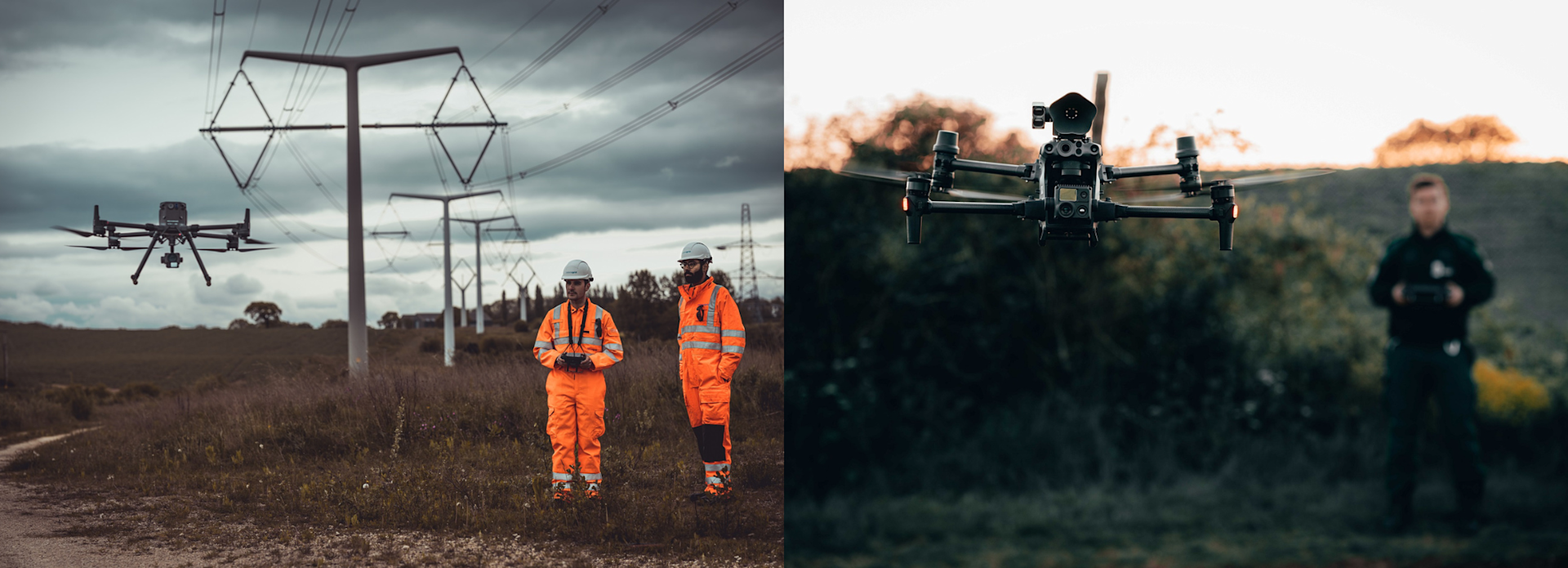
The UK CAA has released a consultation on proposals to restructure remote pilot competency training for drone operations in the Specific Category.
Released today (July 5, 2023), the Future of Remote Pilot Competency in the Specific Category document, outlines suggested changes, designed to 'enable more complex and scalable UAS operations'.
Among the proposed changes, two core competency certificates would be introduced. These would be the Basic Remote Pilot Certificate (RPC-B) and the Advanced Remote Pilot Certificate (RPC-A), which would be geared towards more complex operations, including BVLOS, and enable operations in the Specific Category beyond the privileges of UKPDRA01.
In addition, the CAA is proposing to introduce several operation-specific training certificates that can be added to the RPC-A as part of a modular approach, including BVLOS in Controlled Airspace and swarming operations.
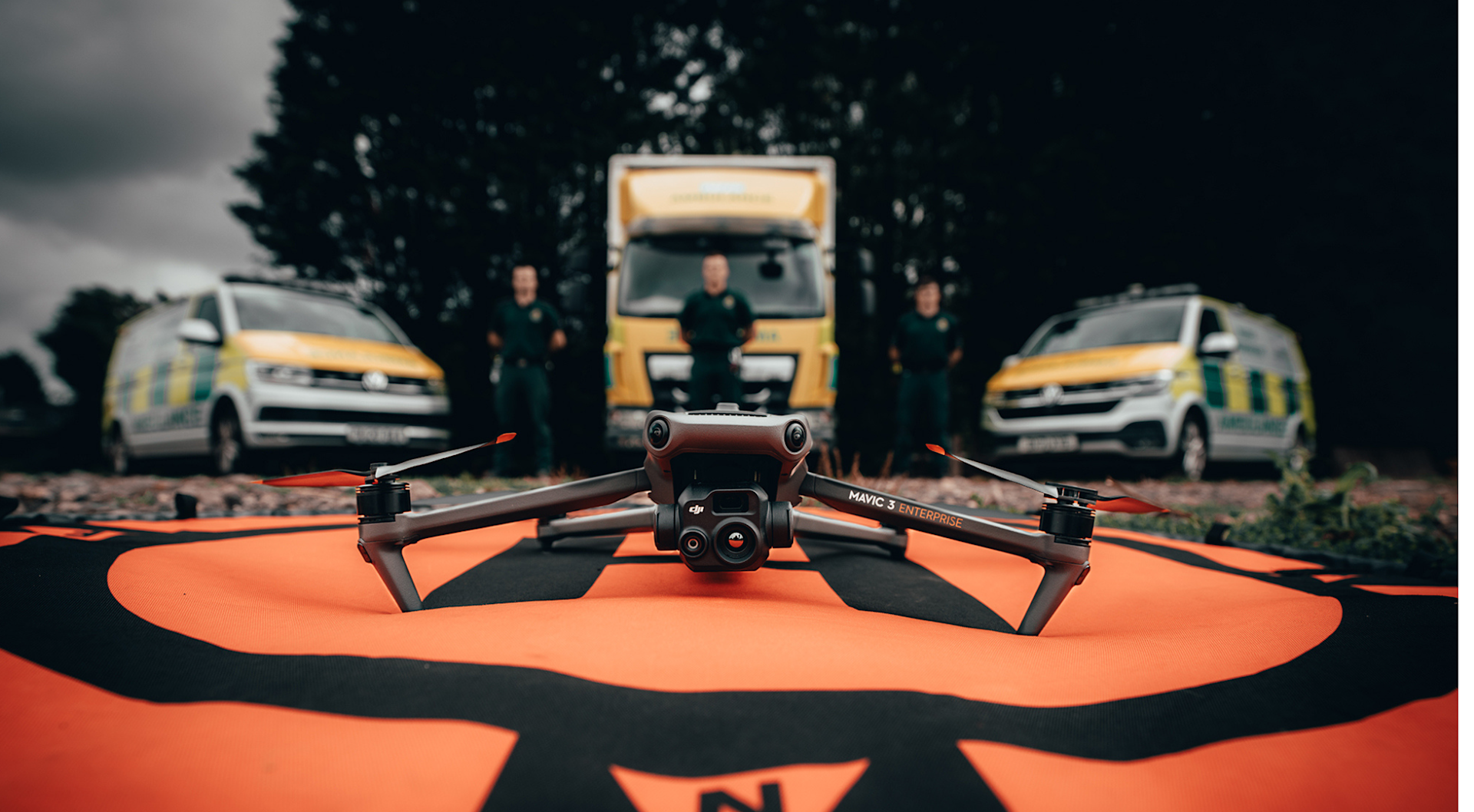
The CAA is also keen to hear feedback on whether the GVC (General Visual Line of Sight Certificate) should be retained as a basic level of VLOS training, or phased out after the introduction of the new competency framework detailed in the consultation.
The CAA says that the proposed new training framework reflects an operation centric and modular approach, recognising that the level of required remote pilot competency falls largely into the following operational boundaries:
Visual line of sight (VLOS) operations
Complex VLOS and localised beyond visual line of sight (BVLOS) operations
BVLOS En-route Operations
BVLOS Highly Complex Operations
The drone community is now being asked to submit feedback on the consultation and heliguy™ encourages everyone to have their say to help shape the next chapter of drone operations in the UK.
Feedback can be submitted via this link. The consultation closes on Wednesday, August 23, 2023.
The CAA says it is important to consider the consultation material in the context of future UAS operations that may not currently routinely be approved by the CAA and not as comparison to the current CAP 722B.
Future Remote Pilot Competency Framework
So, let's look in more detail at what the CAA is proposing.
It must be stated that, as part of the proposed introduction of RPC-A ad RPC-B, each RP competency would be divided into two variants:
Aeroplane (A), where the primary source of lift of the aircraft is fixed wing;
Rotorcraft (R) where the primary source of lift of the aircraft is rotating wings.
These variants allow classification of novel and hybrid UAS, for example a fixed wing VTOL.
The consultation document also states that any new remote pilot competency training will need to work with UK Specific Operational Risk Assessment (SORA) once it has been implemented.
GVC
The future of the GVC course is up for discussion.
The consultation document states that the current GVC is limited by the VLOS condition and therefore its scope to expand with future needs is limited.
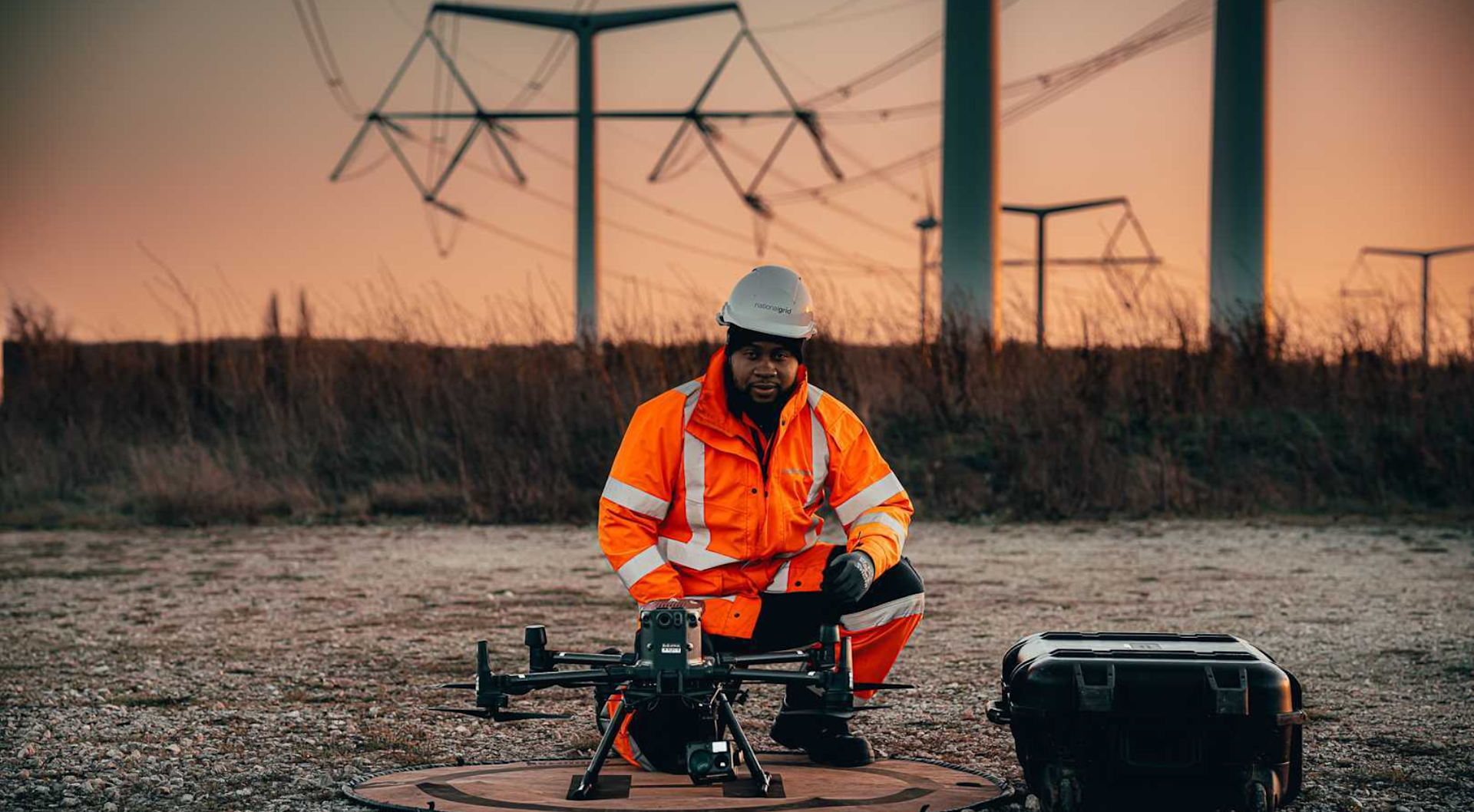
The CAA does say that the GVC would remain an acceptable competency for PDRA-01, however, it would not automatically be accepted for any new PDRAs adopted by the CAA, depending on the operational requirements.
The CAA recognises remote pilot and operator investment in training and would introduce a credit system to consider previous training in final remote pilot competency policy.
Therefore, the CAA is asking the drone community whether the GVC should be retained for basic level VLOS training, or phased out after the introduction of the new competency framework detailed in the consultation document.
Basic Remote Pilot Certificate (RPC-B)
The RPC-B is designed to train remote pilots with the competencies to fly more complex operations including BVLOS subject to the operator’s Operational Authorisation.
A revised theorical knowledge assessment would be developed to focus on a broader range of operations than the GVC. The fundamentals of BVLOS flying would also be covered to account for potential future PDRA competency requirements.

The most significant difference between the GVC and the RPC-B would be the required minimum flight instruction. The proposed minimum requirements for the RPC-B are:
5 hours of non-Global Positioning System (GPS) assisted flight instruction;
5 hours of mission-based flight instruction;
10 hours of GPS assisted flight instruction.
The CAA is proposing that holders of a valid GVC at the time of entry to training would receive up to a 20% reduction in the GPS flight instruction element of the RPC-B.
RPC-B: The Tests
The RPC-B would involve a theory test and a practical flight assessment, conducted with an RAE (Recognised Assessment Entity), such as heliguy™.
The theory test would be a multiple choice examination with a minimum number of questions per subject area. The aviation standard pass mark of 75% would be used for all examinations.
Theory learning would cover topics such as:
Air law
Airspace operation principles
Airmanship/Aviation safety
Human factors
Meteorology
Navigation/communications
UAS Technical Knowledge
Aviation security
The flight assessment - or skills test - would compromise two parts:
Part A: A general handling examination in a range of flight modes including non-positioning mode lasting a minimum of 30 minutes.
Part B: A waypoint mission-based examination including a flight segment where the UAS is to be flown BVLOS.
Certain requirements within the flight assessment would differ, depending on the aircraft being classed as an Aeroplane or a Rotorcraft.
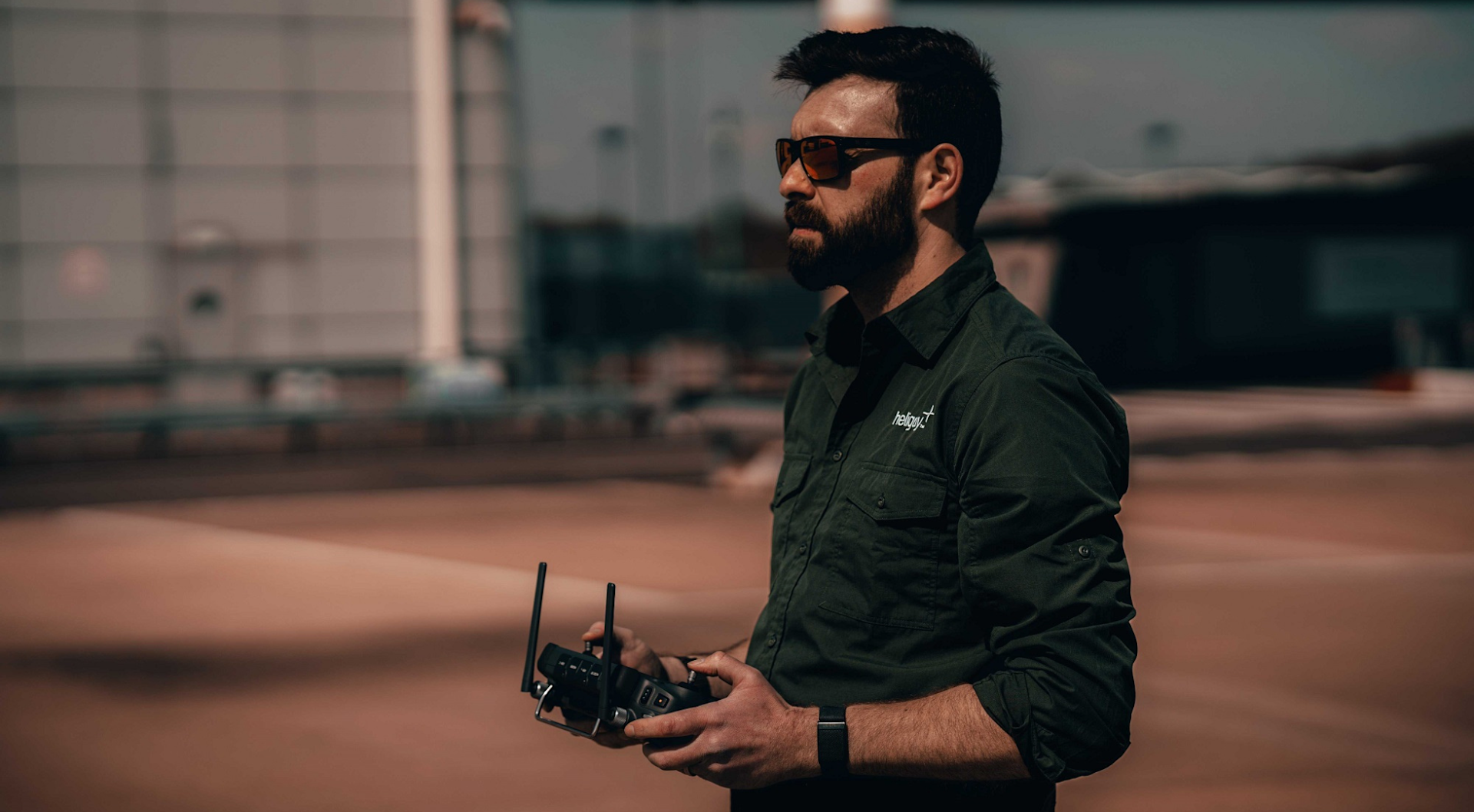
RPC-B: Renewal
Holders of an RPC-B would be required to submit currency logs to the CAA on a yearly basis.
The minimum currency at any time would be no less than two hours on type within the last 90 days or less depending on the policy of the UAS Operator.
The RPC-B would require renewal by an RAE every three years, including an assessment for mandatory refresher training. Further details of this will be made available in the future.
Advanced Remote Pilot Certificate (RPC-A)
The RPC-A is designed to prepare remote pilots for complex UAS operations in the Specific category, including BVLOS.
The RPC-A would consist of a new extended theorical knowledge assessment criteria and minimum flight instruction requirements.
RPC-A applicants would need to meet the following criteria:
Must be at least 18 years old;
Must hold the minimum of a LAPL (Light Aircraft Pilots Licence) Medical Certificate;
Must hold an Advanced UAS Theoretical Certificate.
Applicants for the RPC-A(A) must also have completed at least 55 hours of flight instruction using a UAS suitable for complex operations, 35 of which could be completed using a CAA-approved Flight Simulator Device including at least:
35 hours of beyond visual line of sight dual flight simulator instruction;
15 hours of beyond visual line of sight dual practical flight instruction;
5 hours practical flight as Remote Pilot In Command.
RPC-A: The Tests
RPC-A would comprise a theory test and a practical flight assessment (skills test), and must be completed with an RAE.
The theory test would be multiple choice examination with a minimum number of questions per subject area. The aviation standard pass mark of 75% would be used for all examinations.
Topics would be the same as those covered in RPC-B, but would go into greater depth.
The practical flight assessment for the RPC-A would also be more robust.
The route to be flown would be chosen by the flight examiner and the destination would be an uncontrolled aerodrome, private landing site, or final approach and take-off area (FATO).
After landing at the remote location, the applicant would arrange the aircraft turn around, depart, and return to the initial take-off location.
The applicant would be responsible for the flight planning and would need to ensure that all equipment and documentation for the execution of the flight were correctly completed. The total of both legs of the flight test would be no less than 60 minutes. and would cover the following criteria:
Pre-Flight Operations and Departure
General handling
En-route procedures
Approach and landing
Abnormal and emergency procedures
Certain requirements within the flight assessment would differ, depending on the aircraft being classed as an Aeroplane or a Rotorcraft.
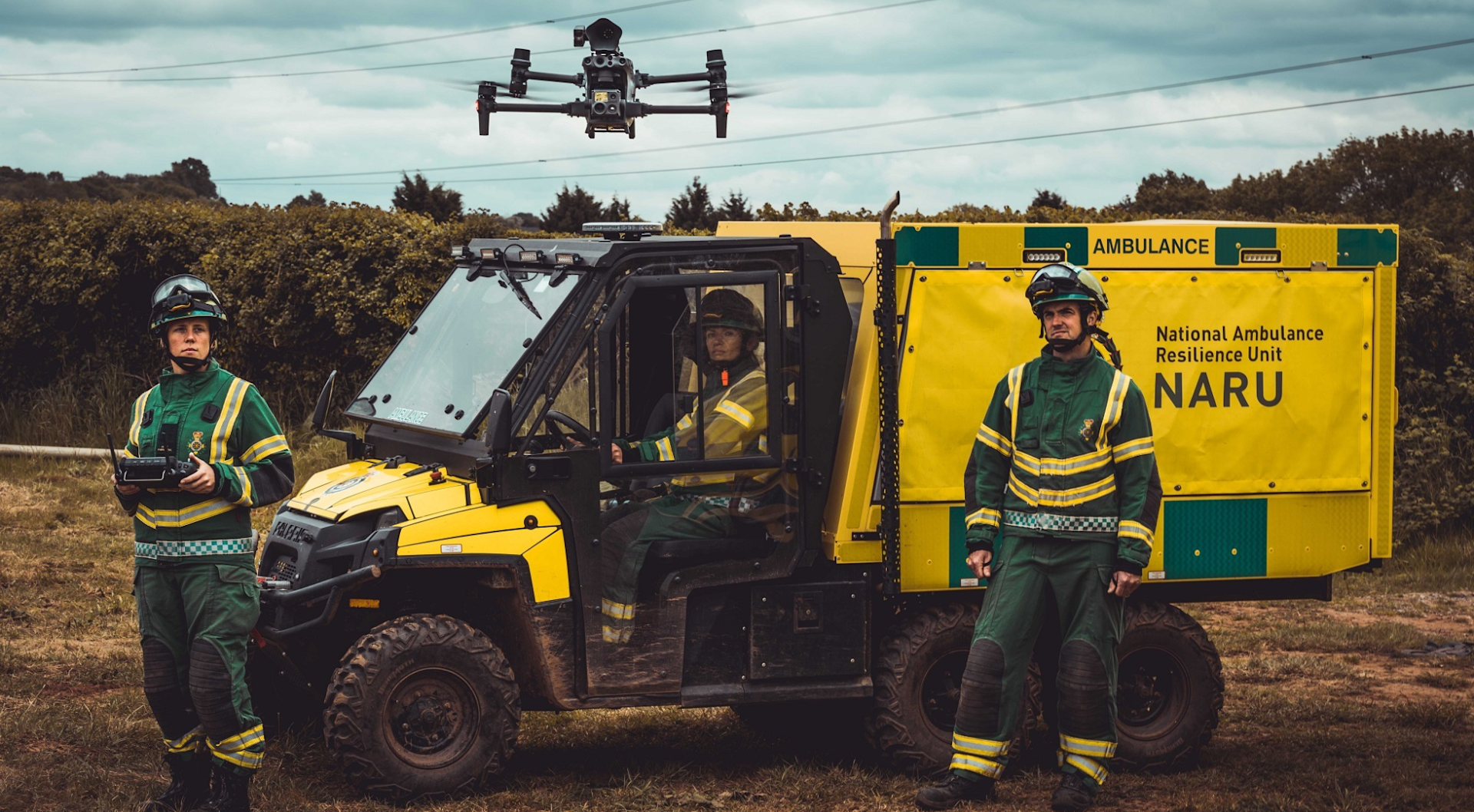
Complex Operations Training Modules
The CAA has identified that the following operations may need specific remote pilot competency training:
BVLOS in Controlled Airspace
Arriving and departing from licensed aerodromes
Complex BVLOS in a multicrew/distributed crew operation
Flying highly automated UAS
UA Swarming operations
Flying multiple simultaneous operations (MSO)
Summary
The consultation provides a detailed proposal on the UK CAA’s vision for the future of remote pilot competency in the Specific Category.
The CAA is keen to receive feedback from all UAS industry stakeholders, and heliguy™ encourages as many people as possible to read the document in full and submit their views, before the deadline.
Use the links below to have your say.
